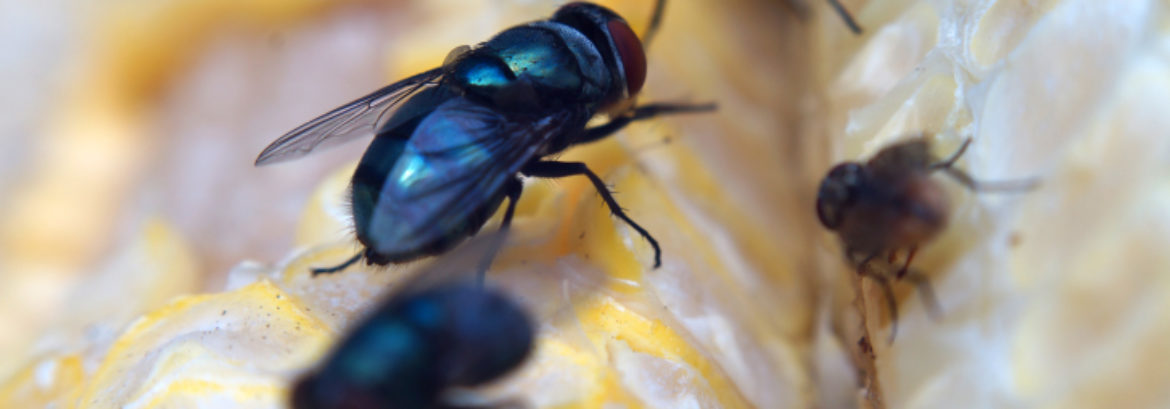The common house fly is even more common than you might think. If you’ve ever seen a fly indoors, there’s a better than 90% chance that it was a house fly. It’s one of the most common insects in the world. The latin name for this fly is Musca Domestica, and while that might seem like a lot of detail, it’s necessary for us to be specific about the type of fly we’re talking about.
That’s because there are other flies that look very similar and could be easily mistaken for a common house fly. While these little insects are annoying and persistent, they don’t present the kind of risk to you and your family’s health as the common house fly. That’s right, the house fly may look harmless, but the insect is known to spread over 100 different types of diseases and they are developing strong resistances to common pesticides.
A Hidden Health Risk
I learned a great deal about insect-related illnesses during my Army medical training at Fort Sam Houston in Texas. It was there that I realized how incredibly dangerous these tiny creatures are to our health. They aren’t venomous, or poisonous, or even trying to harm us. They are merely carriers of diseases and bacteria.
Our food is so attractive to them they simply cannot resist. After a long day of filthy fly-related activities like eating feces, decaying carcasses, and drinking from stagnant waters, the house fly is loaded with bacteria, viruses, and protozoa.
If you’ve ever watched a fly closely when it lands, you can see it’s large tongue tasting the surface of whatever it sits upon. It does this everywhere it goes. Constantly checking the edibility of everything and simultaneously sharing all the microorganisms it has acquired.
With a medium to large sized military group, this becomes quite a problem when trying to maintain sanitary conditions around a latrine. If you’ve got a latrine trench 200 feet long dug for bathroom purposes and you’ve got a Company sized group (100-150 people) on the ground using that latrine around the clock, you will have a full trench in three days and several million flies breeding in it. Those flies will be landing on soldiers to drink their sweat or on their food before being swatted away. But by then the damage has been done. Microbiology takes its course and within hours there’s infections, dysentery, cholera, and your troops are finished before the fight even begins.
Your Ventura Pest Control Solution
You might be asking yourself how this applies to your suburban lifestyle when trying to find a Ventura pest control solution. Well, the same rules of microbiology apply at home, but instead of human waste, it’s pet waste house flies are tracking onto your potato salad during a BBQ.
Some tips for preventing and controlling these pests include:
- Keeping trash can lids firmly closed
- Covering your food when outside
- Covering your garbage disposal when not in use
- Making sure all windows and doors have screens that feature no holes or tears
- Promptly picking up pet waste and washing away any residue with a hose
I also recommend avoiding store-bought traps that use strong attractants. These types of traps can inadvertently attract more flies into your home, making your fly problem even worse than before. If you run into problems or have a unique situation, contact our Ventura pest control experts at Spearhead Pest Control. We offer a variety of highly effective pest control solutions that might be right for you.
-Rudy Ayala
Owner, Spearhead Pest Control

